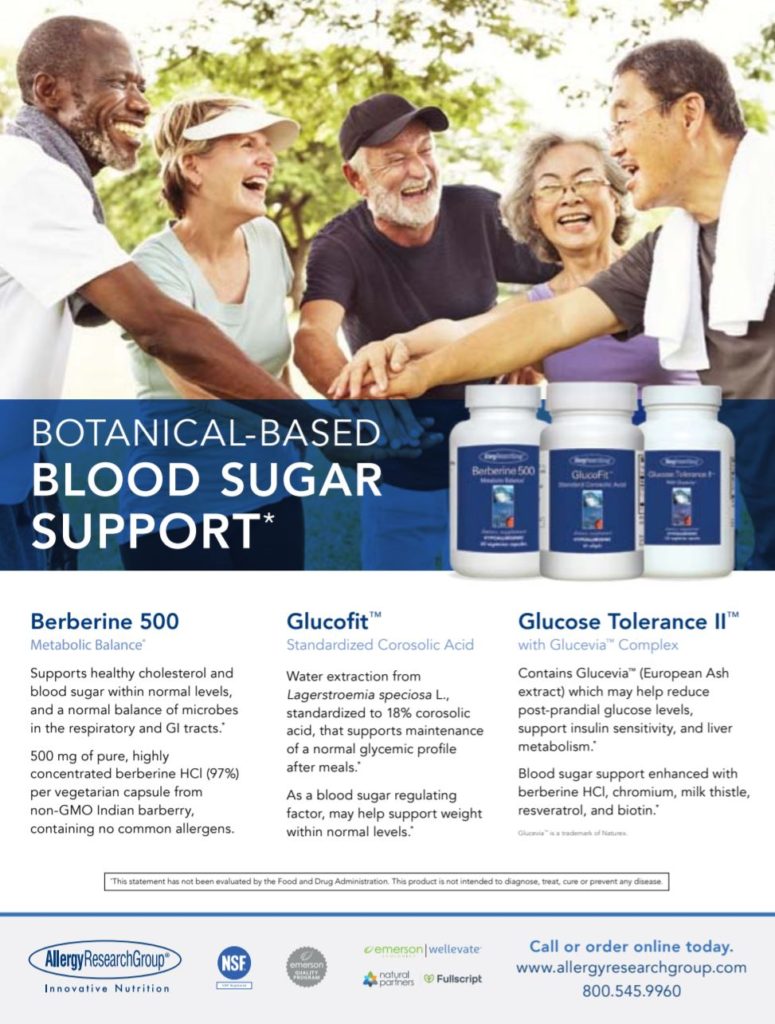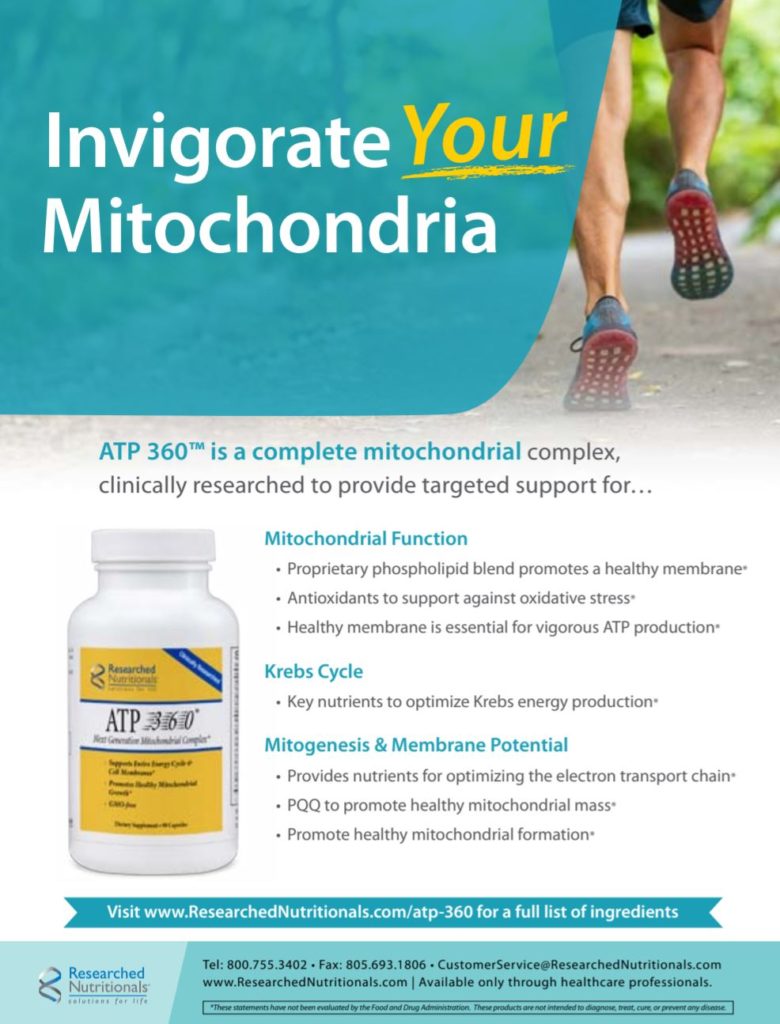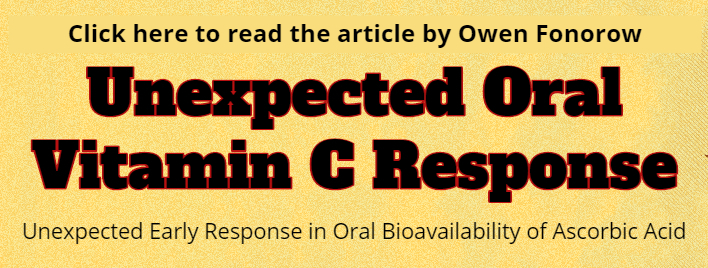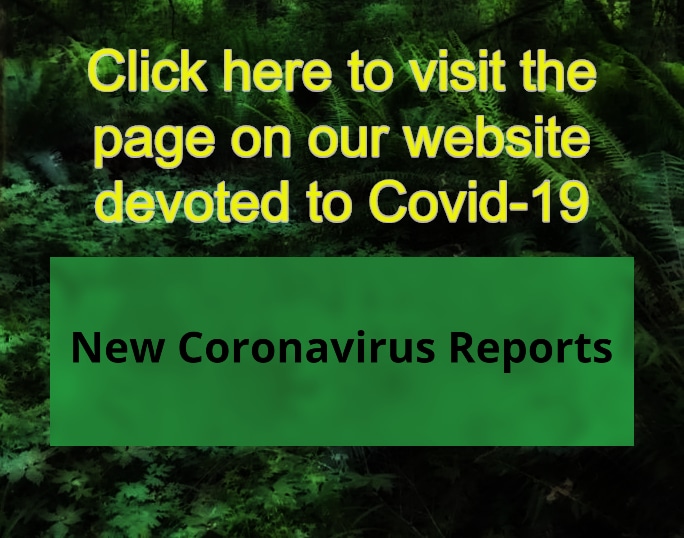In the midst of the Covid-19 epidemic, doctors in China and in New York have begun to use intravenous ascorbic acid (vitamin C) to treat hospitalized patients. But intravenous treatment is not the only way to increase vitamin C levels. Townsend Letter recently published “Unexpected Early Response in Oral Bioavailability of Ascorbic Acid” by Owen Fonorow. The author used a glucose meter to show that the body can absorb more than 250 mg doses of oral ascorbic acid (vitamin C)—contrary to previous research. But why a glucose meter?
Most mammals convert glucose to ascorbic acid; they make their own vitamin C from this sugar. Humans do not. A 2005 article by Fred Ottoboni, MPH, PhD, and Alice Ottoboni, PhD, explains the relationship between glucose and ascorbic acid.1 Ascorbic acid and glucose are structurally similar. Both are transported across cell membranes into cells by insulin. Leukocytes (cells of the immune system) appear to use a lot of vitamin C. The Ottobonis report, “…the ascorbic acid content of leukocytes, which are responsible for host defence, was up to 80 times greater than that in the plasma.”
The structural similarity means that sugar competes with vitamin C for entry into cells (via insulin). Because of this competition, the Ottobonis emphasize the need to reduce sugar consumption “if ascorbic acid supplementation is to be of benefit….”
High-dose ascorbic acid is safe. The primary adverse effect is GI upset and diarrhea. However, Alan R. Gaby reports that people with glucose-6-phosphate-hydrogenase (G6PD) deficiency have developed hemolysis after receiving high-dose ascorbic acid.2
Dr. Gaby has a chapter on vitamin C in his textbook Nutritional Medicine (second edition), and the Vitamin C Foundation (www.vitamincfoundation.org) also has information on the use of ascorbic acid.
- Ottoboni F, Ottoboni A. Ascorbic Acid and the Immune System. J of Orthomolecular Medicine. 2005;20(3).
- Gaby AR. Vitamin C. In: Nutritional Medicine. 2017.https://doctorgaby.com/wp-content/uploads/2017/02/NutritionalMedicine_2ndEditionChapter22.pdf








